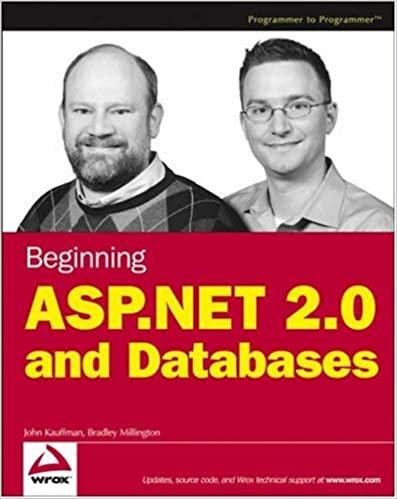Question
Program: In this program, the student will program a simulation of deck of cards. The program will do the following: 1. Ask the user to
Program: In this program, the student will program a simulation of deck of cards. The program will do the following: 1. Ask the user to enter the number of decks to shuffle 2. Shuffle a decks of cards. No instance of a card should be repeated more times than the number of decks. Example: If you shuffle 4 decks, the 7 of clubs should appear 4 times (no more no less). 3. Displays all of the cards in the shuffled decks. Displays the cards face values and suit values. NOTE: Heart () can be displayed as H, Club () can be displayed as C, Diamond () can be displayed as D, Spade () can be displayed as S. Your program should contain the following: 1. Symbolic constants for the number of cards per deck (52), number of face values per deck (13), and number of suits per deck (4). 2. Array(s) for shuffled deck of cards (depending on how you accomplish it). 3. Function to shuffle deck of cards. 4. Function to display the deck of cards. 5. All user input and output uses cin and cout (not scanf or printf) Recommendations: If you have one deck of cards, you have 52 cards. You can represent each card to have a numerical value between 0 and 51. You can use rand()%(CARDS_IN_DECK*numberOfDecks) to get a random number and check that with previous numbers drawn. You can then use this unique number to determine the face and suit of the card. BONUS (+5): Instead of H, C, D, and S, displays,,, and instead.
Step by Step Solution
There are 3 Steps involved in it
Step: 1

Get Instant Access to Expert-Tailored Solutions
See step-by-step solutions with expert insights and AI powered tools for academic success
Step: 2

Step: 3

Ace Your Homework with AI
Get the answers you need in no time with our AI-driven, step-by-step assistance
Get Started


